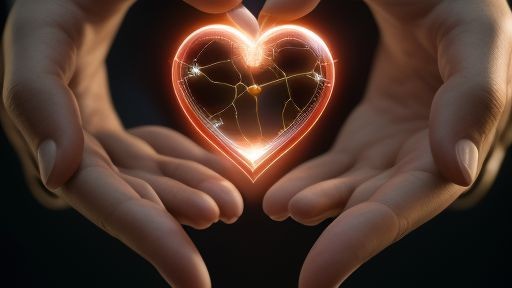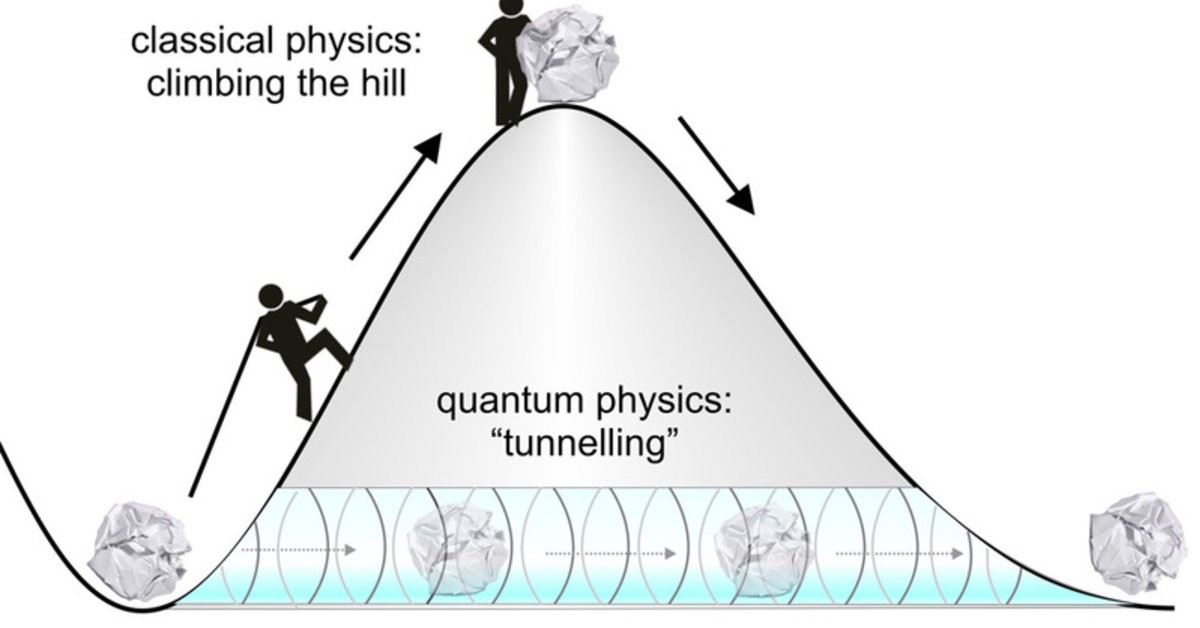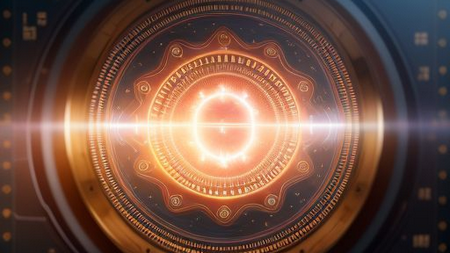Chapter 4: The Nature of Human Attraction in Quantum

If you want to find the secrets of the universe, think in terms of energy, frequency and vibration - Nikola Tesla
Attraction is one of the most complex phenomena in human experience, intertwining biology, psychology, and emotions. It manifests in various forms, from the initial spark of romantic chemistry to the profound bonds that sustain long-term relationships. In this chapter, we will explore the nature of attraction through the lens of quantum mechanics, focusing on the idea of entanglement and its parallels with human connection. By examining emotional and physical attraction through quantum concepts, we can gain a deeper understanding of the unseen forces that draw us toward one another.
Quantum Parallels in Attraction
To explore attraction from a quantum perspective, we first must understand the
fundamental principles of quantum mechanics. At the heart of quantum theory lies the concept of entanglement, which describes a phenomenon where particles become interconnected in such a way that the state of one particle cannot be described independently of the state of another, no matter how far apart they are. This property raises fascinating questions about interaction, connectivity, and distance, especially when applied to human relationships.
Consider two people who experience a profound attraction—a feeling that seems to transcend physical proximity. This can be likened to quantum entanglement, where emotional and psychological states become intertwined. When we say someone "completes us" or that we "feel a connection" we may unknowingly invoke the language of quantum mechanics. Just as entangled particles are in constant communication, sharing information instantaneously, deeply connected individuals often experience a similar synergy, as if their thoughts and emotions resonate harmoniously in a shared space.
The Concept of Entanglement and Human Connection
The notion of entanglement challenges conventional ideas about separation and individualism. It prompts us to consider that our human interactions with others may have deeper implications than we typically recognize. When two people are attracted to each other, their lives and experiences become intertwined in dynamic and sometimes unpredictable ways. This interconnectedness can lead to feelings of empathy, understanding, and shared emotional states - elements that form the backbone of intimacy.
Moreover, entanglement raises intriguing questions regarding emotional distance and connection. In quantum mechanics, entangled particles remain linked regardless of the physical distance between them. Similarly, human beings can feel connected to someone even when separated by vast geographical or emotional distances. Long-distance relationships often demonstrate this phenomenon; partners maintain their bond through communication and shared experiences, which can create a sense of intimacy that transcends physical space. Such experiences echo the principles of quantum mechanics, suggesting that emotional attraction may not require proximity but rather an invisible bond that links individuals at a deeper level.
Psychological Theories of Attraction
Alongside quantum mechanics, psychological theories provide frameworks for understanding attraction. One prominent theory is the Similarity-Attraction Hypothesis, which posits that people are drawn to others who share similar interests, values, and backgrounds. This mirror-like effect can resonate with quantum ideas, where entangled particles reflect each other's states. When we encounter someone who resonates with our own experiences and beliefs, it creates a sense of harmony and balance akin to entangled particles.
Another significant model is the Psychological Reactance Theory, which states that individuals may be more attracted to those who evoke feelings of scarcity or challenge. When someone seems unattainable or distant, this can intensify desire - a phenomenon akin to tuning into a unique quantum state. Much like electrons that can only occupy certain states, emotional attraction often finds its resonance in the intricate dance of availability and distance.
Furthermore, the Attachment Theory, proposed by John Bowlby, suggests that early relationships with caregivers shape our capacity for attraction and connection throughout life. Just as entangled particles share a foundational state of interconnectedness, our formative experiences influence how we establish bonds as adults. Attraction—much like quantum entanglement—can reflect deep-rooted patterns and responses developed over time.
I would like to believe some people find it easy to connect deeply with others, while others rely on reactance theory based on their socialization. For instance, I’ve found that attachment theory resonates more with me. How about you?
Quantum Theories as Metaphors for Emotional and Physical Attraction
When we examine attraction through the lens of quantum theories, we find compelling metaphors that help explain how emotionally and physically connected we can be with others. The uncertainty principle, for example, demonstrates that certain pairs of properties (like position and momentum) cannot both be precisely known at the same time. This uncertainty can be mirrored in the unpredictability of romantic attraction, where the interplay of desire and uncertainty heightens emotional engagement.
Additionally, the concept of superposition - the idea that particles can exist in multiple states at once - can be applied to attraction. In relationships, individuals may find themselves drawn to multiple qualities in a partner, creating a superposition of desires and preferences. This complexity mirrors the intricate nature of human relationships, where attraction can stem from a multitude of factors, some conscious and others deeply unconscious.

https://www.mpg.de/549767/electrons-caught-in-the-act-of-tunnelling
Lastly, the phenomenon of quantum tunneling (barrier penetration) - the ability of particles to pass through barriers they typically should not be able to cross - can symbolize the various challenges that individuals face in relationships. Sometimes, love transcends obstacles, allowing two people to connect despite societal constraints or personal fears. Just as particles may tunnel through barriers in the quantum realm, human beings often find paths to connection that defy rational explanation.
Attraction is both a biological and emotional force, a tapestry woven from the threads of connection and resonance. By examining the principles of quantum theory alongside psychological models, we can engage with the complexities of human desire and connection, inviting a richer understanding of what it means to be drawn to another person. In the end, perhaps attraction is as mysterious as quantum physics itself, full of uncertainties and entangled relationships that defy simple explanation, yet resonate deeply with our shared human experience.
So, the next time you feel drawn to someone or notice that someone is attracted to you, take a moment to think about your quantum moments. Just like particles can be interconnected in ways that defy our everyday understanding, human attraction can also be complex and mysterious. It's fascinating to consider that our emotions and connections might work in a similar way - energies that align and resonate, even when we can't see the forces at play. Embrace the unpredictability of these feelings; after all, just as particles exist in a state of possibility until observed, so too do our relationships evolve in countless ways.
Join me on my exploration and become part of my quantum journey. This is more than just about a new computer or technical evolution; it represents a fundamental transformation—a revolution of technology, science, and thought. Our values, human perception, and everything we know are about to shift. We stand on the threshold of a new era. I am dedicated to transforming myself and you for the quantum age.
This is the way.

